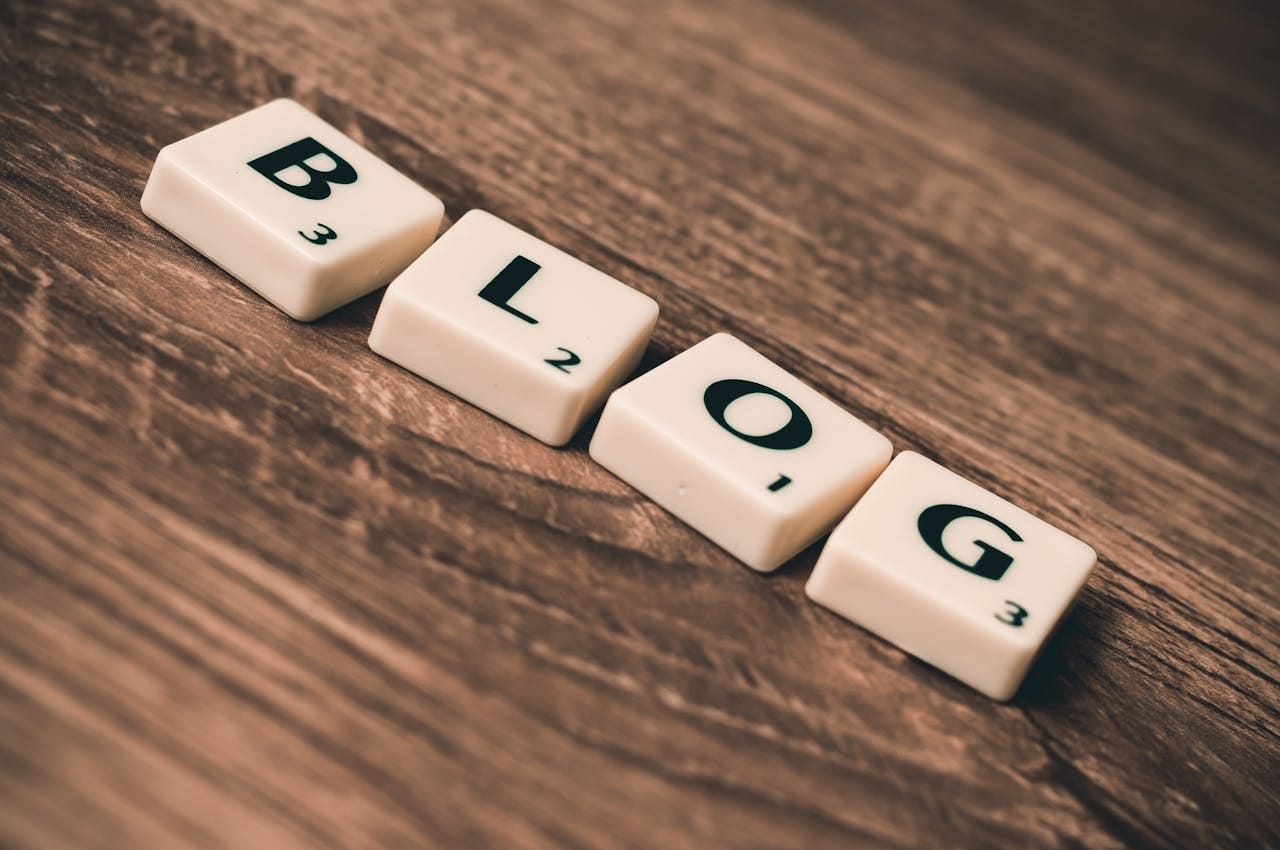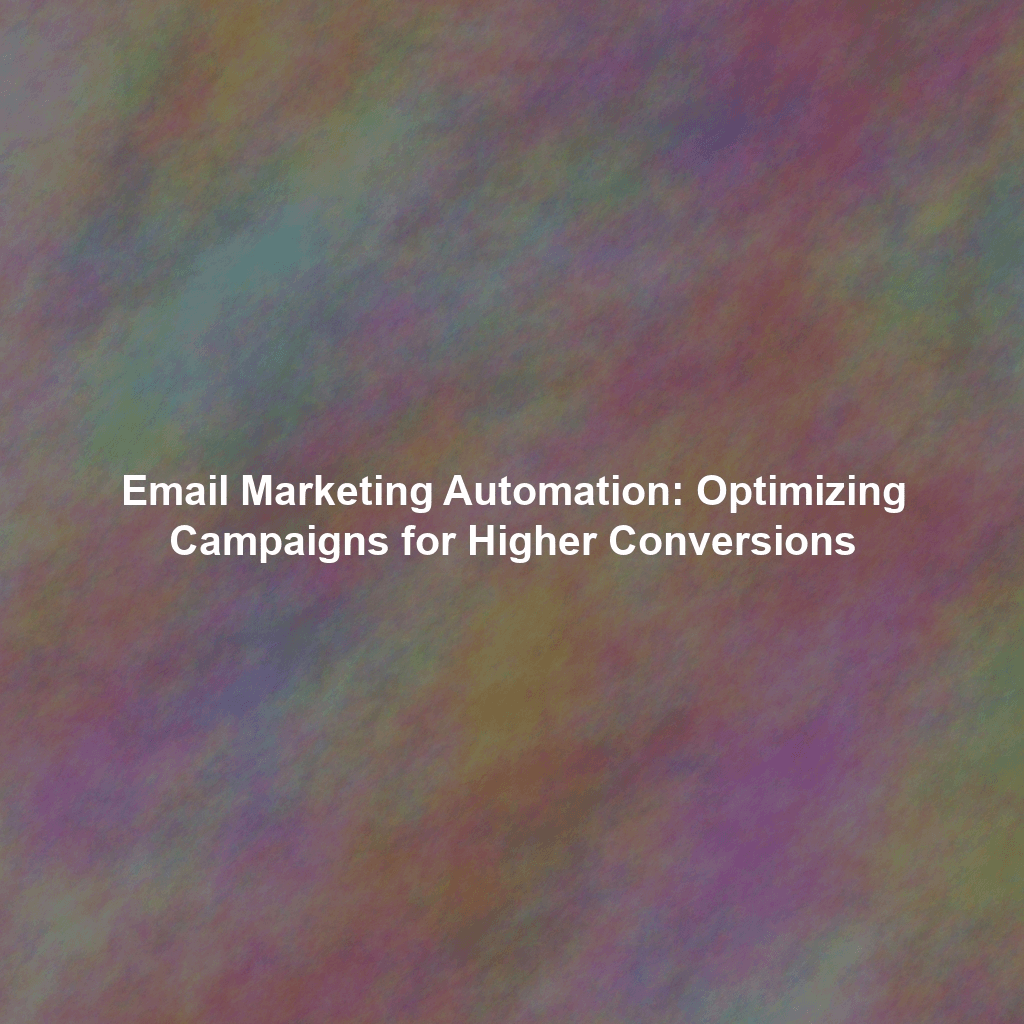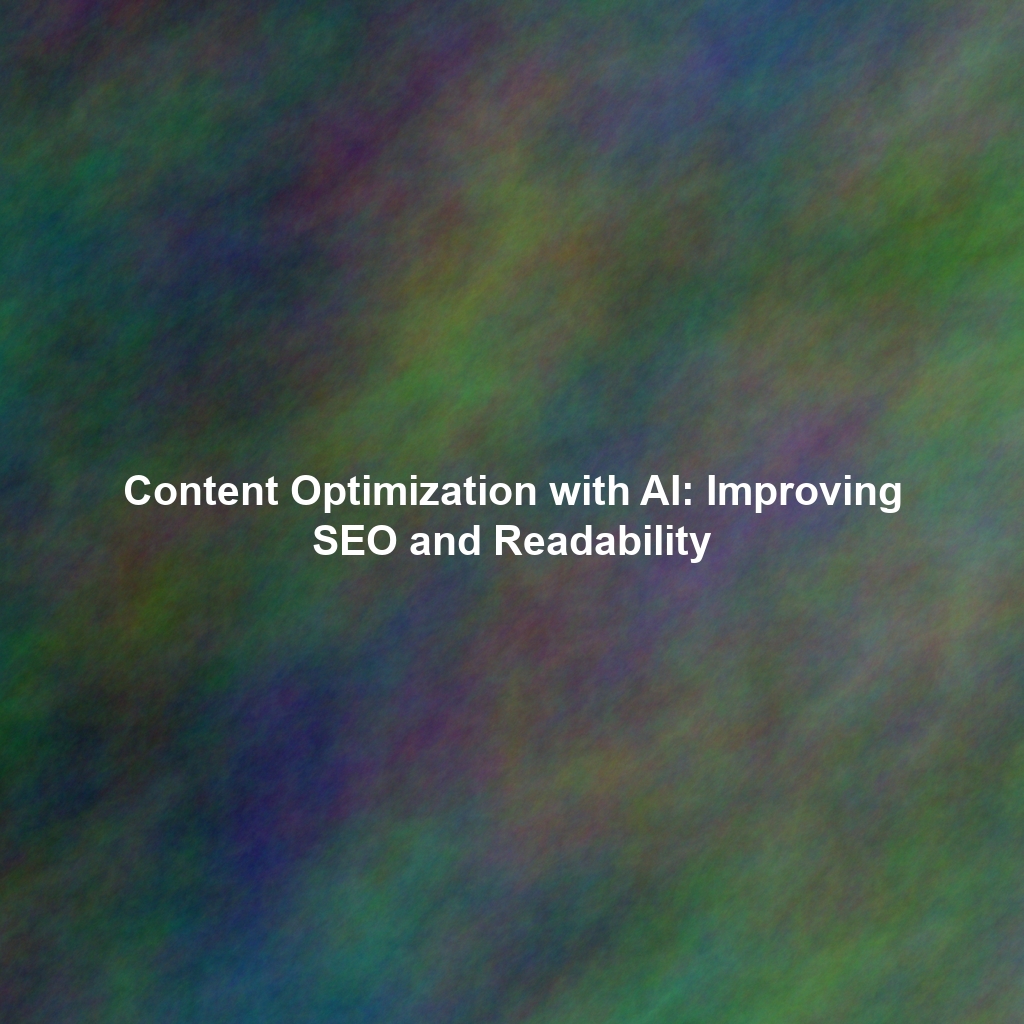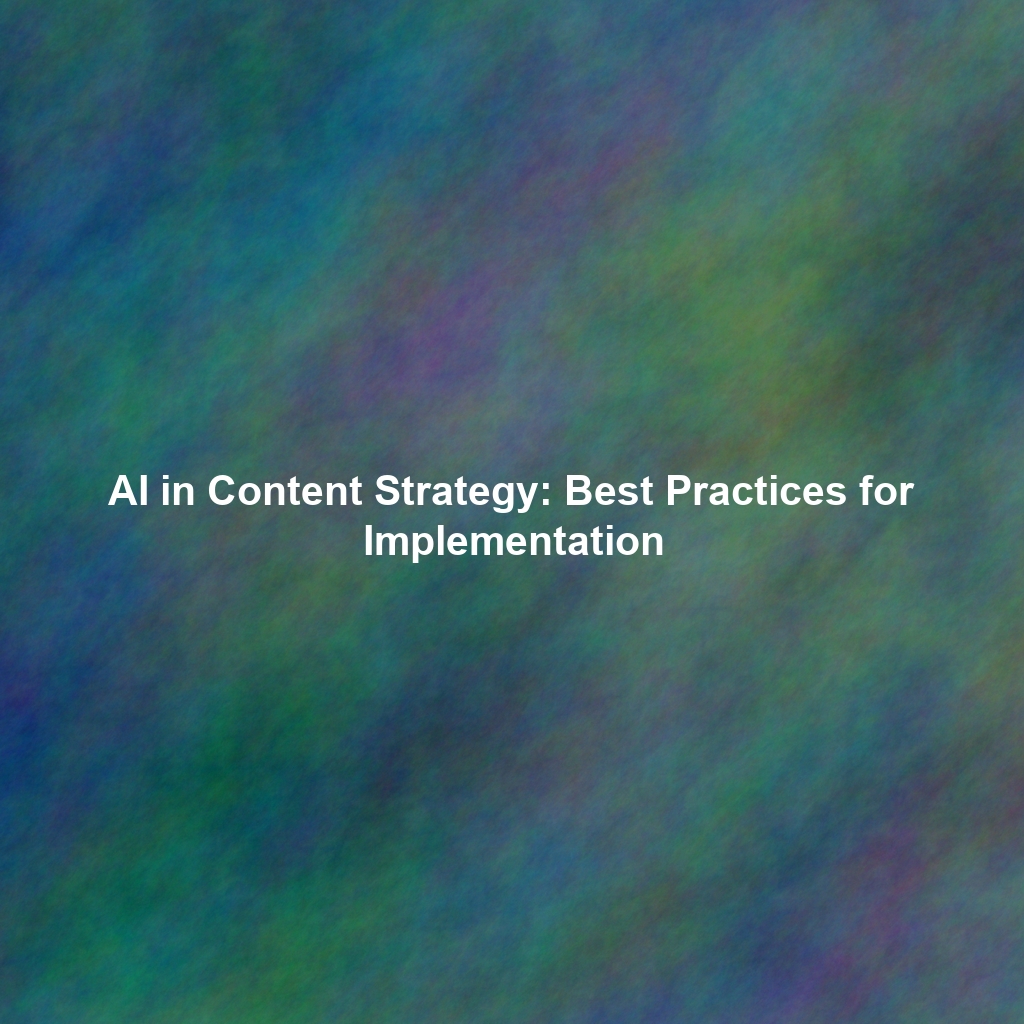Email marketing, when executed strategically, remains one of the most powerful tools in a marketer’s arsenal. But sending generic, one-size-fits-all emails is a surefire way to land in the spam folder (or worse, get unsubscribed!). The key to success lies in delivering the right message, to the right person, at the right time. This is where email marketing automation comes into play, transforming your email strategy from a broadcast approach to a highly personalized and engaging experience. This guide will walk you through how to optimize your campaigns using marketing automation tools to achieve significantly higher conversion rates.
Understanding the Power of Email Marketing Automation
Email marketing automation isn’t just about scheduling emails in advance. It’s about setting up a system that intelligently responds to your audience’s behaviors, preferences, and actions. By leveraging data and automated workflows, you can nurture leads, build stronger customer relationships, and drive sales more efficiently than ever before.
Key Benefits of Email Marketing Automation:
- Increased Efficiency: Automate repetitive tasks, freeing up your team to focus on more strategic initiatives.
- Improved Personalization: Deliver targeted messages based on individual customer profiles.
- Enhanced Customer Engagement: Send timely and relevant emails that resonate with your audience.
- Higher Conversion Rates: Nurture leads through the sales funnel with personalized offers and information.
- Better ROI: Optimize your email marketing efforts for maximum return on investment.
Segmentation: Divide and Conquer Your Audience
One of the foundational elements of effective email marketing automation is segmentation. Instead of sending the same email to everyone on your list, divide your audience into smaller, more targeted groups based on shared characteristics. This allows you to craft messages that are highly relevant and personalized to each segment.
Examples of Segmentation Criteria:
- Demographics: Age, gender, location, income.
- Purchase History: Past purchases, order frequency, average order value.
- Website Activity: Pages visited, products viewed, content downloaded.
- Email Engagement: Open rates, click-through rates, subscription date.
- Lead Source: How the contact entered your database (e.g., website form, social media).
By using your marketing automation tool to segment your audience based on these criteria, you can send highly targeted emails that address their specific needs and interests, dramatically increasing engagement and conversion rates. For example, you might send a special discount code to customers who haven’t made a purchase in a while or offer a free ebook to new subscribers interested in a particular topic.
Personalization: Making Every Email Feel Personal
Personalization goes beyond simply using a recipient’s first name in the subject line. It’s about creating email content that resonates with the individual based on their unique profile and preferences. Marketing automation tools empower you to personalize various aspects of your emails, from the subject line and body copy to the images and calls to action.
Personalization Techniques:
- Dynamic Content: Display different content blocks based on recipient attributes (e.g., location, industry).
- Product Recommendations: Suggest products or services based on past purchases or browsing history.
- Personalized Offers: Offer discounts or promotions tailored to specific customer segments.
- Customized Subject Lines: Craft subject lines that pique the recipient’s interest based on their known preferences.
- Behavioral Triggers: Send emails based on specific actions a recipient takes (or doesn’t take) on your website or in your app.
Effective personalization makes your subscribers feel understood and valued, fostering stronger relationships and driving higher conversion rates. Use the data you collect through your marketing automation platform to deliver truly personalized experiences.
Trigger-Based Emails: Reaching the Right Person at the Right Time
Trigger-based emails are automated messages that are sent in response to a specific action or event. These emails are highly effective because they are timely and relevant, addressing the recipient’s immediate needs or interests.
Examples of Trigger-Based Emails:
- Welcome Emails: Sent to new subscribers to welcome them to your list and introduce your brand.
- Abandoned Cart Emails: Sent to customers who added items to their cart but didn’t complete the purchase.
- Order Confirmation Emails: Sent to confirm that an order has been placed and provide order details.
- Shipping Notification Emails: Sent to notify customers that their order has shipped and provide tracking information.
- Re-engagement Emails: Sent to inactive subscribers to encourage them to re-engage with your brand.
- Birthday Emails: Sent to celebrate a customer’s birthday with a special offer.
By setting up trigger-based email workflows in your marketing automation platform, you can ensure that your audience receives the right message at the right time, maximizing engagement and driving conversions. For example, an abandoned cart email with a personalized discount code can be highly effective in recovering lost sales.
Performance Analysis: Measuring and Optimizing Your Campaigns
Email marketing automation is not a set-it-and-forget-it strategy. It’s crucial to continuously monitor your campaign performance and make adjustments based on the data. Marketing automation tools provide a wealth of analytics that can help you understand what’s working and what’s not.
Key Metrics to Track:
- Open Rate: The percentage of recipients who opened your email.
- Click-Through Rate (CTR): The percentage of recipients who clicked on a link in your email.
- Conversion Rate: The percentage of recipients who completed a desired action (e.g., made a purchase, filled out a form).
- Bounce Rate: The percentage of emails that could not be delivered.
- Unsubscribe Rate: The percentage of recipients who unsubscribed from your list.
- ROI (Return on Investment): The overall profitability of your email marketing campaigns.
Analyze these metrics regularly to identify areas for improvement. Experiment with different subject lines, email copy, calls to action, and segmentation strategies to optimize your campaigns for higher conversion rates. A/B testing is a powerful tool for comparing different versions of your emails and identifying the most effective approaches.
 Skip to content
Skip to content

